Schools, universities, and organizations accumulate rich institutional histories through the people who shaped them—students who became leaders, teachers who influenced generations, alumni who achieved excellence, and community members who contributed meaningfully. Yet these personal stories often remain untold or get lost to time, existing only in individual memories that fade as years pass. Traditional recognition approaches document achievements through dates, statistics, and brief summaries, missing the compelling narratives, personal reflections, and emotional context that bring institutional history to life.
Oral history interviews transform this limitation by capturing first-person accounts directly from the individuals who lived remarkable experiences. These recorded conversations preserve authentic voices sharing career journeys, reflecting on formative moments, offering advice to future generations, and providing personal perspectives that text descriptions cannot convey. When organizations systematically conduct and preserve oral history interviews, they create permanent archives that honor contributors while inspiring current community members through genuine storytelling.
Why Oral History Interviews Matter for Institutional Memory
Personal narratives captured through oral history interviews provide depth and authenticity impossible through traditional biographical documentation. When schools and organizations integrate these recorded stories into digital recognition platforms like those from Rocket Alumni Solutions, they create engaging experiences that connect audiences emotionally with achievement while preserving institutional memory permanently. Video interviews displayed on interactive touchscreens, shared through links and QR codes, and archived in searchable databases ensure that personal stories reach the widest possible audiences across generations.
Understanding Oral History: More Than Simple Interviews
Oral history represents a distinct methodology focused on capturing comprehensive personal accounts of lived experiences for historical preservation and educational purposes.
Defining Oral History Methodology
Oral history interviews differ from casual conversations or standard biographical interviews through their systematic approach and archival intent:
Historical Documentation Focus: Oral histories aim to create permanent records documenting specific historical periods, events, or experiences from first-person perspectives. Interview questions explore not just what happened, but how individuals experienced events, what meaning they derived, and how experiences shaped subsequent paths.
Contextual Depth: Effective oral histories situate personal stories within broader institutional or societal contexts. An alumnus discussing their college experience in the 1970s might reflect on how that era’s social movements influenced campus life, how educational philosophies differed from today, or how opportunities available then shaped career possibilities.

Preservation Intent: Unlike interviews conducted solely for immediate publication, oral histories explicitly aim for long-term preservation, requiring attention to recording quality, archival standards, and access mechanisms ensuring future generations can discover and learn from documented stories.
Multiple Audience Service: Well-conducted oral histories serve diverse purposes simultaneously—honoring interviewees through recognition, educating current students about institutional heritage, providing researchers with primary source materials, and strengthening community connections through shared storytelling.
Programs implementing comprehensive approaches to storytelling through digital recognition discover that oral history interviews become foundational content enabling authentic, engaging recognition experiences.
The Power of Personal Narrative
Recorded personal stories create emotional connections and memorable impacts that statistics and summaries cannot match:
Authentic Voice: Hearing individuals describe experiences in their own words carries credibility and emotional resonance impossible through third-person descriptions. When a distinguished alumnus explains how a specific teacher influenced their career path, their personal reflection creates impact that a biographical statement like “credits teachers as influential” never achieves.
Revealing Details: Personal narratives naturally include specific examples, sensory details, and memorable incidents that bring stories to life. An athlete might describe the smell of the gym, the feeling before championships, or humorous moments with teammates—details that transform abstract achievement into vivid, relatable experiences.
Inspiration Through Relatability: When current students hear alumni discuss early struggles, uncertainties, and gradual paths to success, they recognize achievement as attainable rather than impossibly distant. Oral histories reveal that distinguished individuals faced similar doubts and challenges, making success stories inspirational rather than intimidating.
Institutional Character: Collectively, oral histories document institutional culture and values through concrete examples. Multiple alumni discussing how their school emphasized service, encouraged risk-taking, or fostered creativity demonstrate institutional character more effectively than mission statements or marketing materials.
Resources on creating engaging video content for digital hall of fame provide frameworks for leveraging oral history interviews within comprehensive recognition strategies.
Planning Effective Oral History Programs
Successful oral history initiatives require systematic planning addressing participant selection, question development, technical preparation, and long-term management.
Identifying Interview Subjects
Strategic subject selection ensures oral history programs capture diverse perspectives while honoring significant contributors:
Hall of Fame Inductees: Organizations with recognition programs should conduct oral history interviews with all inductees, creating permanent records accompanying formal recognition. These interviews document achievement details, personal reflections on recognition meaning, and advice for future generations—content that enriches alumni hall of fame displays substantially.
Long-Tenured Faculty and Staff: Teachers, administrators, and staff members who served institutions for decades possess unique perspectives on organizational evolution, memorable students, and cultural changes over time. These interviews preserve institutional memory that would otherwise disappear when these individuals retire.

Distinguished Alumni Across Fields: Systematically interview accomplished graduates across diverse achievement areas—not just the most famous, but individuals representing varied career paths, service contributions, and life experiences. This diversity provides current students with multiple relatable role models while documenting institutional impact comprehensively.
Milestone Class Representatives: Conduct interviews with members of reunion classes, particularly those celebrating significant anniversaries (25th, 50th reunions). These cohort-based interviews capture specific era characteristics while strengthening reunion engagement through meaningful participation opportunities.
Community Leaders and Partners: Include interviews with individuals who contributed to institutions from outside—community volunteers, board members, benefactors, or partner organization representatives. These perspectives document institutional relationships and community impact beyond internal viewpoints.
Developing Interview Questions
Thoughtful question development distinguishes effective oral histories producing rich content from superficial interviews yielding minimal useful material:
Chronological Life Journey: Begin with background questions establishing personal context:
- Where did you grow up, and what was your family background?
- What factors influenced your decision to attend this school/join this organization?
- What were your initial impressions when you first arrived?
- What activities, sports, or organizations did you participate in?
- Who were the most influential people you encountered here?
Specific Experience Exploration: Ask about particular events, moments, or periods in depth:
- Can you describe a specific moment that stands out from your time here?
- Tell me about your most memorable achievement—what led up to it?
- What challenges did you face, and how did you overcome them?
- Were there any turning points that significantly influenced your path?
Reflection and Meaning-Making: Encourage interviewees to interpret experiences and draw connections:
- How did your experiences here shape your subsequent career or life path?
- What values or lessons from this time do you still carry with you?
- Looking back now, what do you understand differently than you did then?
- What would you tell your younger self if you could?
Forward-Looking Perspective: Invite advice and wishes for future generations:
- What advice would you offer current students facing similar paths?
- What do you hope doesn’t change about this institution?
- What evolution would you like to see in coming decades?
- What does receiving this recognition mean to you personally?
Context and Comparison: For longer-term alumni or staff, ask comparative questions:
- How has the institution changed since your time here?
- What aspects of student life or organizational culture have evolved?
- How did historical events or societal changes impact your experience?
Questions should remain open-ended, encouraging narrative responses rather than simple yes/no answers. Follow-up questions based on interviewee responses often produce the most valuable content—prepare core questions but allow conversations to develop naturally.
Approaches to interviewing for digital recognition content help organizations develop systematic question frameworks producing consistently valuable material.

Technical Preparation
Quality recording equipment and appropriate setup ensure oral history interviews yield professionally usable content:
Video Equipment Requirements: Professional-quality results require adequate but not prohibitively expensive equipment:
- Camera: Modern smartphones or entry-level DSLRs shooting 1080p minimum (4K preferable)
- Tripod: Stable mounting preventing distracting camera shake during lengthy interviews
- Lighting: Soft, even illumination avoiding harsh shadows or unflattering highlights
- Audio Recording: External microphones capturing clear speech without echo or ambient noise
- Backup Recording: Redundant audio or video recording preventing total loss from equipment failure
Location Selection: Choose interview settings that enhance rather than distract from content:
- Quiet spaces without background noise, interruptions, or acoustic echo
- Neutral or contextually appropriate backgrounds reflecting institutional character
- Adequate space for equipment setup and comfortable seating arrangement
- Good natural or supplementary lighting creating professional appearance
- Comfortable temperature and seating encouraging relaxed, extended conversations
Pre-Interview Preparation: Coordinate with subjects ensuring productive sessions:
- Share general topic areas or sample questions (not requiring scripted responses)
- Discuss technical process and approximate interview duration
- Obtain signed release forms authorizing recording and public use
- Request relevant photographs, documents, or artifacts for discussion or display
- Confirm technical details like clothing choices avoiding problematic patterns
Organizations implementing video archive programs for ceremonies often apply similar technical standards to oral history interviews, creating consistent quality across recognition content.
Conducting Compelling Interviews
The interview session itself requires interpersonal skills and adaptive techniques that encourage authentic, substantive responses:
Creating Comfortable Interview Environments
Personal Connection: Begin with casual conversation establishing rapport before formal recording starts. Learn about interviewees’ current lives, recent activities, or mutual connections. This preliminary conversation relaxes subjects while providing context informing follow-up questions during recorded interviews.
Clear Process Explanation: Before recording, explain exactly what will happen—approximate duration, general topic areas, that you’ll occasionally look at notes, that it’s fine to pause or restart responses. Demystifying the process reduces anxiety that can produce stilted, overly formal responses.
Conversational Tone: Despite technical setup, maintain natural conversational flow rather than formal interrogation style. React authentically to responses with appropriate laughter, acknowledgment, or follow-up questions showing genuine interest rather than robotic adherence to prepared scripts.

Time Management: Allow adequate time for unhurried conversation—typically 60-90 minutes for comprehensive oral histories. Rushing interviews produces superficial responses missing the reflective depth that constitutes valuable historical documentation.
Interview Techniques for Rich Responses
Active Listening: Focus intently on what interviewees say rather than simply waiting to ask the next prepared question. The most valuable content often emerges from spontaneous follow-up questions responding to interesting threads in initial responses.
Strategic Silence: After interviewees finish answering, wait several seconds before proceeding. This silence often prompts additional reflection as subjects fill conversational space with further elaboration, frequently adding the most personally meaningful content.
Specific Example Requests: When interviewees make general statements, ask for concrete examples. If someone says “The coach really influenced me,” follow with “Can you tell me about a specific moment that shows that influence?” Specific stories carry far more impact than abstract generalizations.
Gentle Redirection: If conversations drift too far from relevant topics, gently guide back without abruptly cutting off responses: “That’s interesting—it also makes me wonder about…” provides smooth transitions while maintaining conversational flow.
Emotional Permission: Some powerful stories involve difficulty, disappointment, or emotion. Give interviewees space to discuss challenges authentically: “What were some of the harder moments?” Acknowledging that paths to success included struggles creates authentic, inspirational narratives.
Closing Opportunities: Near interview conclusions, ask explicitly if there’s anything not discussed that subjects wish to add. This open invitation often produces valuable content about topics interviewees considered but weren’t specifically asked about.
Techniques for conducting professional recognition interviews ensure organizations capture the depth and authenticity that makes oral histories valuable for multiple audiences and purposes.
Processing and Preserving Oral History Content
Raw interview recordings require systematic processing creating accessible, professionally presented archives:
Post-Production Editing
Selecting Key Content: Hour-long interviews typically contain more material than most viewers will watch completely. Create multiple versions serving different purposes:
- Full Unedited Archive: Preserve complete recordings for historical record and research access
- Edited Primary Version: 8-15 minute edited interview highlighting key stories and reflections
- Short Highlight Clips: 1-3 minute segments featuring single compelling stories or advice
- Thematic Compilations: Collect segments from multiple interviews addressing common themes
Technical Enhancement: Professional editing improves watchability without distorting content:
- Remove lengthy pauses, false starts, or significant digressions
- Correct obvious technical problems like audio glitches or brief focus issues
- Add title cards introducing speakers and providing context
- Include relevant photographs, documents, or b-roll footage illustrating discussed experiences
- Create captions ensuring accessibility for hearing-impaired viewers
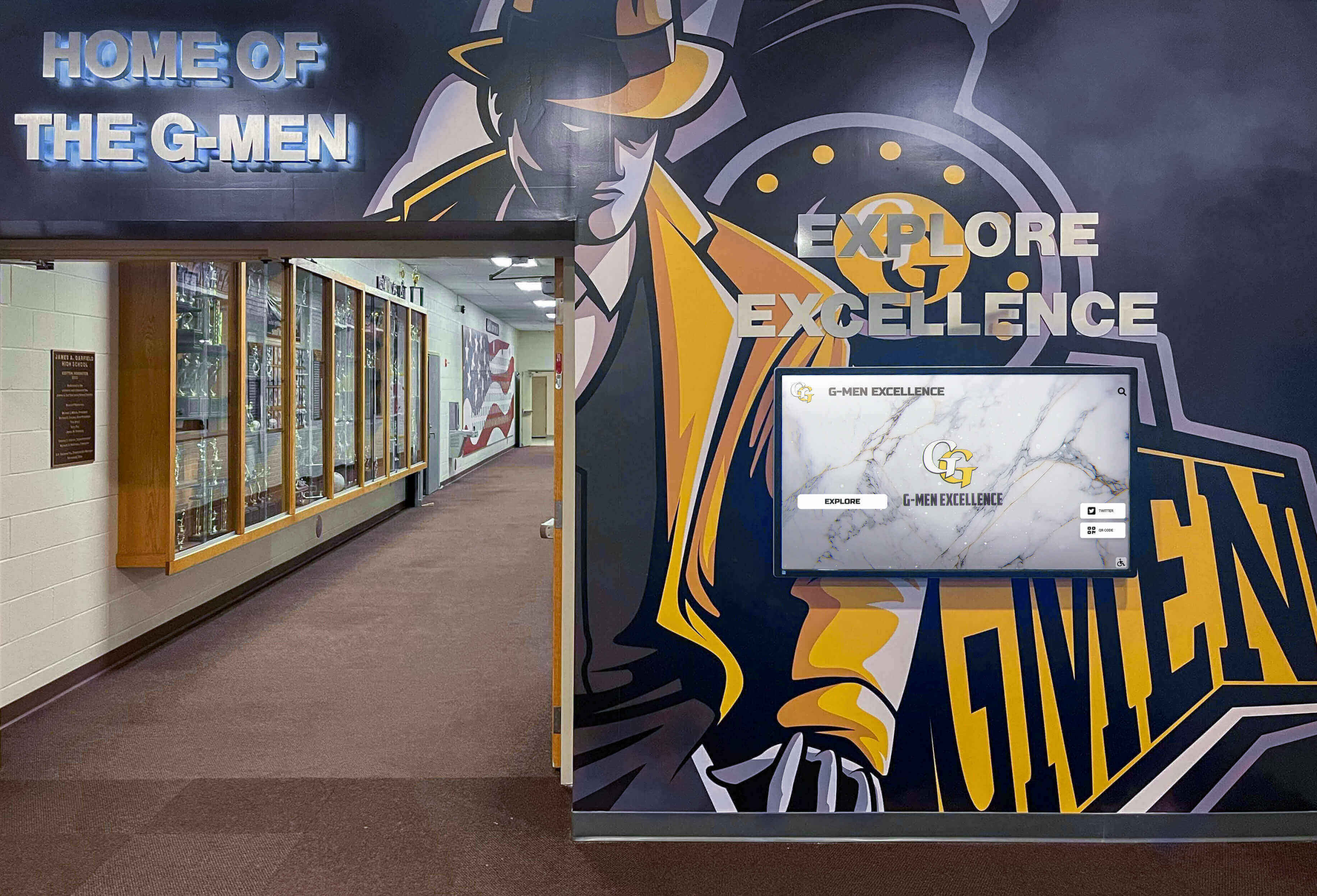
Maintaining Authenticity: While improving technical quality, preserve authentic voices and natural speech patterns. Avoid editing that changes meaning, removes verbal characteristics that convey personality, or creates deceptively perfect presentations that lose genuine character.
Obtaining Approval: Before publishing edited interviews, share with subjects for review and approval. This courtesy allows interviewees to request edits while building trust and appreciation for respectful handling of their stories.
Transcription and Metadata
Complete Text Transcription: Create word-for-word text versions of interviews:
- Enhance accessibility for hearing-impaired audiences
- Enable text search across oral history archives
- Support researchers preferring text analysis
- Facilitate translation for non-English speakers
- Provide content for text-based recognition displays
Professional transcription services typically charge $1-2 per minute of audio. Automated transcription through services like Otter.ai, Rev, or Descript offers faster, less expensive options requiring human review for accuracy.
Comprehensive Metadata: Organize interviews through detailed descriptive information:
- Interviewee Details: Full name, graduation year, achievement categories, current location
- Interview Information: Date conducted, interviewer name, location, duration
- Content Keywords: Major topics discussed, specific stories included, career fields
- Related Content: Links to biographical profiles, photographs, achievements, related interviews
- Permissions: Documentation of signed releases authorizing use
Systematic metadata enables discovery through searchable digital recognition platforms where users can search by name, year, topic, or achievement area accessing relevant oral histories effortlessly.
Archive Organization and Storage
Cloud-Based Preservation: Store oral history archives in reliable cloud platforms:
- Multiple redundant copies preventing loss from single-location failures
- Automatic backup ensuring consistency without manual processes
- Scalable capacity growing with expanding interview collections
- Global accessibility enabling remote viewing and content management
- Professional-grade security protecting privacy and institutional ownership
File Organization: Establish consistent organizational structures:
/OralHistoryArchives
/RawFootage
/2024
/JohnSmith_20241015_Raw.mp4
/EditedInterviews
/2024
/JohnSmith_Primary_Edit.mp4
/JohnSmith_Highlights.mp4
/Transcripts
/2024
/JohnSmith_Transcript.pdf
/SupportingMaterials
/2024
/JohnSmith_Photos
/JohnSmith_Release.pdf
Consistent naming conventions and folder structures facilitate efficient management as collections grow across decades.
Frameworks from digital asset management for schools provide comprehensive approaches to organizing diverse content types including oral history interviews, photographs, documents, and recognition materials.
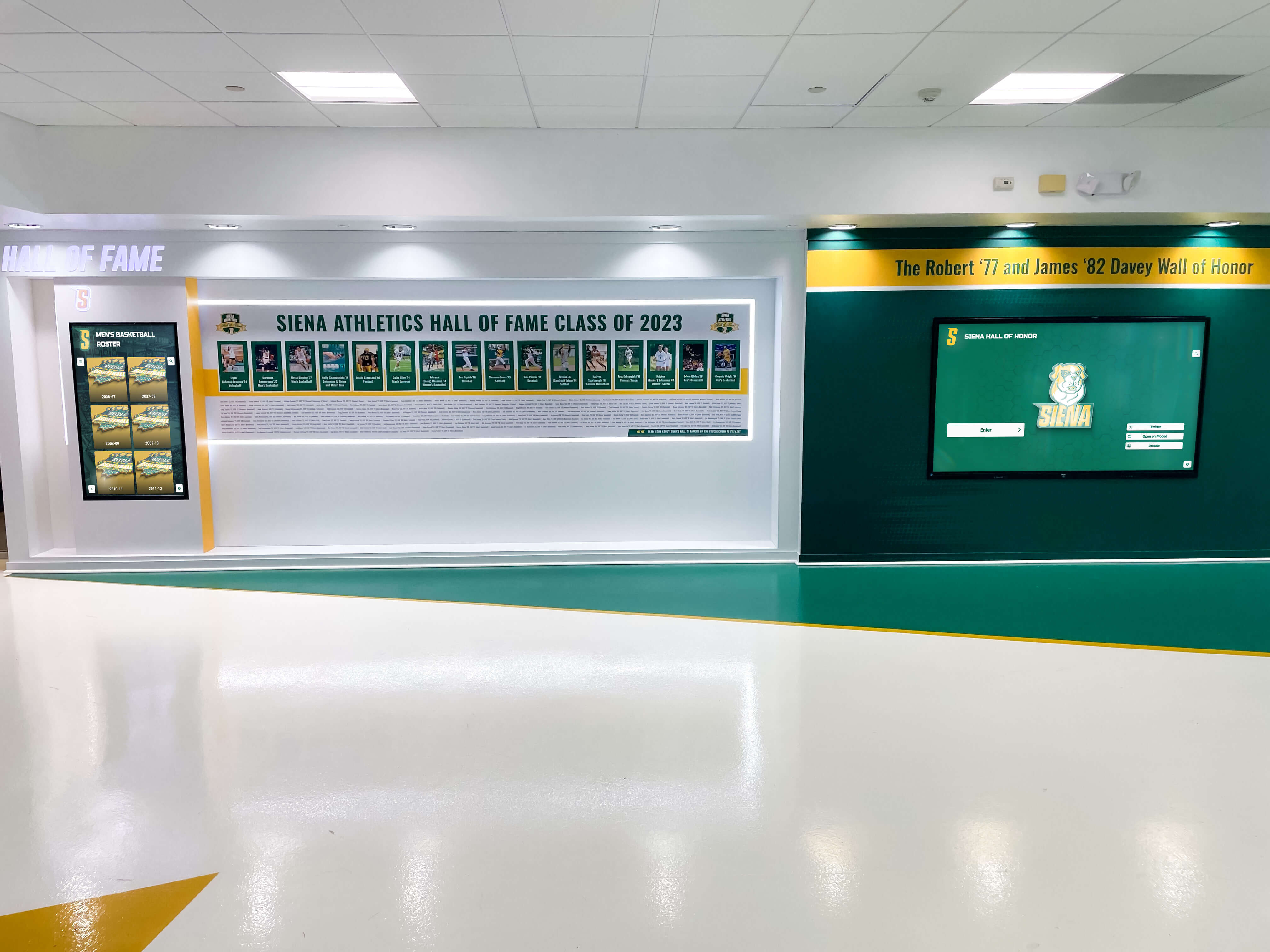
Integrating Oral Histories into Recognition Programs
The greatest impact from oral history interviews comes through strategic integration into broader recognition and engagement initiatives:
Touchscreen Display Integration
Interactive digital displays make oral histories discoverable to daily campus visitors:
Profile Integration: Embed interview videos directly into individual recognition profiles displayed on interactive touchscreen systems. Visitors browsing an alumnus’s achievements can watch their personal reflections, hearing authentic voices discussing paths to excellence.
Thematic Collections: Organize interview segments thematically enabling browsing by topic:
- Career advice from alumni across industries
- Reflections on influential teachers or mentors
- Overcoming challenges and setbacks
- Balancing academics, athletics, and activities
- Life lessons and personal growth
Featured Rotation: Regularly rotate featured interview clips on display home screens, exposing visitors to diverse stories and encouraging extended exploration of oral history archives.
Chapter Navigation: Implement interfaces enabling users to jump to specific topics within longer interviews—advice sections, particular achievement discussions, or specific time periods—accommodating different visitor interests and time availability.
Solutions like Rocket Alumni Solutions provide purpose-built platforms integrating oral history video content seamlessly with searchable databases, interactive displays, and mobile access, creating comprehensive recognition ecosystems serving diverse audiences.
Website and Social Media Sharing
Extend oral history reach beyond physical displays through online distribution:
Dedicated Archive Pages: Create website sections specifically for oral history collections with search, filter, and browsing capabilities enabling remote access to complete interview libraries.
Social Media Highlights: Share compelling interview clips through institutional social media accounts:
- Feature brief video excerpts with captions encouraging full viewing
- Coordinate with significant dates—alumni birthdays, career anniversaries, institutional milestones
- Tag featured alumni encouraging personal sharing within their networks
- Create series like “Wisdom Wednesdays” or “Alumni Advice Fridays” building regular engagement
Email Campaigns: Incorporate oral history content into alumni relations communications:
- Feature recent interviews in alumni newsletters
- Share relevant clips during reunion planning
- Include in fundraising communications demonstrating community impact
- Distribute during admissions cycles showcasing graduate success
QR Code Access: Print QR codes on physical recognition displays, event programs, or marketing materials enabling smartphone users to access oral history content immediately through simple scans.

Educational Applications
Oral history archives serve valuable pedagogical purposes:
New Student Orientation: Show selected interview clips during orientation programs introducing institutional culture, values, and achievement traditions through authentic alumni voices rather than administrative presentations.
Career Exploration Programs: Feature oral histories from alumni in varied professions during career development programming, providing genuine insights about different fields from trustworthy sources sharing institutional connections with current students.
History and Research Courses: Provide oral history archives to students as primary source materials for research projects, teaching historical methodology while strengthening institutional connections.
Mentorship Connections: Use oral history content to facilitate alumni-student mentorship matching, enabling students to identify alumni whose experiences, careers, or perspectives resonate personally before initiating contact.
Programs implementing best ways to connect with alumni discover that oral history interviews create multiple connection points serving various engagement objectives simultaneously.
Best Practices for Sustainable Programs
Organizations building effective long-term oral history initiatives follow systematic approaches ensuring quality and continuity:
Establishing Consistent Processes
Annual Interview Goals: Set realistic targets for annual interview completion based on available resources—perhaps 10-15 comprehensive interviews per year for modest programs, 30-50 for organizations with dedicated staff or budgets.
Systematic Subject Selection: Develop criteria determining interview priorities:
- All hall of fame inductees (if applicable)
- Milestone reunion class members
- Notable recent graduates
- Long-tenured faculty/staff approaching retirement
- Distinguished community partners or supporters
Standard Operating Procedures: Document complete processes from initial subject contact through final publication ensuring consistency as personnel change:
- Contact templates and talking points
- Equipment setup checklists
- Question guides for different subject categories
- Editing specifications and style guidelines
- Approval workflows and publication criteria

Quality Control Reviews: Establish review processes ensuring all published content meets institutional standards for technical quality, content appropriateness, and accurate representation.
Resource Allocation and Partnerships
Dedicated Staffing: Effective oral history programs require consistent attention. Consider staffing approaches including:
- Part-time coordinator overseeing program operations
- Student interns conducting interviews under supervision
- Volunteer committees managing subject recruitment
- Contract videographers handling technical production
- Professional editors processing recordings
Equipment Investment: Quality doesn’t require prohibitive budgets. Basic professional setups including camera, tripod, lighting, and audio equipment cost $1,500-3,000, lasting years with proper care.
Service Partnerships: Contract with video production professionals for services beyond internal capabilities—particularly technical production or post-production editing requiring specialized expertise or equipment.
Collaborative Development: Engage multiple institutional departments benefiting from oral history content:
- Alumni relations recruiting subjects and promoting content
- Advancement using interviews in fundraising communications
- Admissions featuring success stories in recruitment
- Communications distributing content through institutional channels
- Academic departments accessing archives for teaching and research
Resources on creating effective alumni engagement programs help organizations develop comprehensive strategies where oral history initiatives support multiple institutional objectives.
Rights Management and Ethics
Informed Consent: Obtain explicit written permission before recording and publishing interviews:
- Explain how content will be used (displays, website, social media, research)
- Specify perpetual institutional rights to recorded materials
- Clarify any restrictions subjects request
- Document permissions formally through signed release forms
Privacy Protection: Respect personal boundaries and sensitive information:
- Allow subjects to review and approve edited content before publication
- Honor requests to exclude particular topics or stories
- Obtain separate permissions before using content in unanticipated ways
- Establish procedures for handling removal requests if circumstances change
Accuracy and Representation: Handle personal narratives responsibly:
- Verify factual claims when possible without undermining authentic voice
- Provide appropriate context for potentially controversial statements
- Edit only for clarity and length, not to distort meaning
- Represent subjects fairly and respectfully regardless of differences
Archival Ethics: Follow professional standards for historical preservation:
- Maintain complete unedited recordings alongside published versions
- Document interview context, conditions, and any unusual circumstances
- Preserve supporting materials like photographs or documents
- Make archives accessible to legitimate researchers with appropriate protocols

Measuring Impact and Value
Demonstrating oral history program value supports continued investment and expansion:
Engagement Metrics
Viewing Analytics: Track how audiences interact with oral history content:
- Total views across all platforms (touchscreens, website, social media)
- Average viewing duration indicating engagement depth
- Completion rates showing how many watch entire interviews
- Most-viewed interviews revealing particularly compelling content
- Peak viewing periods informing promotion strategies
User Behavior Patterns: Analyze how people discover and use oral histories:
- Search terms revealing what topics interest audiences
- Navigation paths showing discovery patterns
- Return visits indicating ongoing engagement versus one-time views
- Device types (touchscreen, computer, mobile) revealing consumption preferences
- Geographic distribution showing where audiences are located
Social Amplification: Measure extended reach through sharing:
- Social media shares, comments, and engagement
- Email forwards and link distribution
- QR code scans from physical materials
- Embedded video plays on external websites
- Media coverage featuring interview content
Programs implementing analytics for digital recognition systems use comprehensive metrics demonstrating program value across multiple stakeholder priorities.
Qualitative Impact Assessment
Audience Feedback: Collect testimonials illustrating impact:
- Current students reporting inspiration from alumni stories
- Alumni expressing appreciation for recognition and storytelling
- Faculty noting increased student engagement with institutional heritage
- Advancement staff citing usefulness in cultivation conversations
- Prospective families mentioning oral histories during admissions visits
Institutional Benefits: Document broader organizational value:
- Alumni relations reporting strengthened connections through interview participation
- Fundraising noting increased giving from featured interview subjects
- Admissions using oral history content in recruitment materials and presentations
- Communications leveraging interview content across multiple channels
- Research applications by faculty or students using archives as primary sources
Cultural Impact: Assess contributions to institutional character:
- Heightened awareness of institutional history and traditions
- Stronger sense of community through shared storytelling
- Increased pride among constituents seeing their institution honor achievement meaningfully
- Enhanced institutional reputation through demonstrated care for people and history
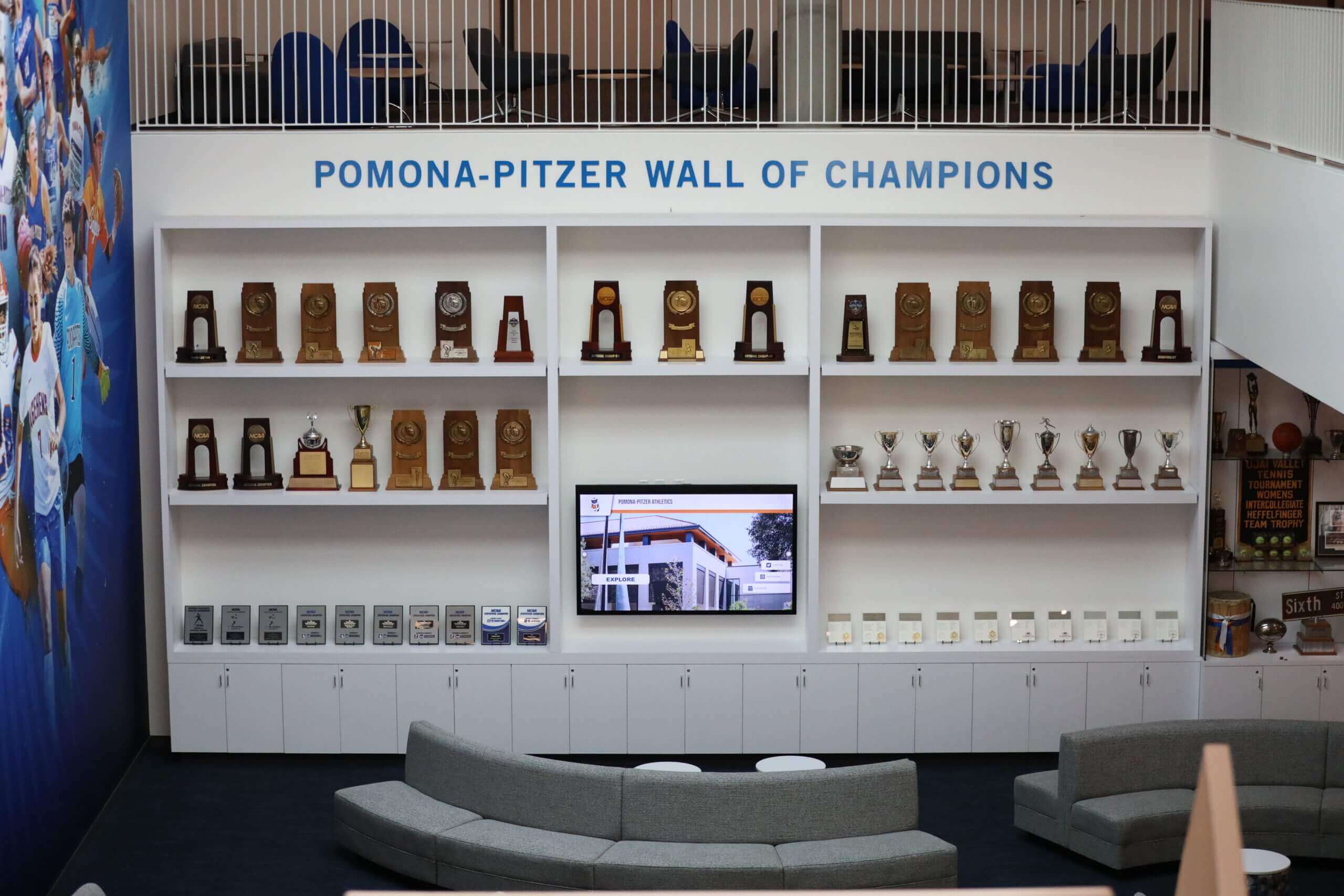
Expanding Oral History Applications
Beyond traditional alumni recognition, oral history methodologies serve diverse institutional purposes:
Institutional History Projects
Anniversary Commemoration: Major institutional milestones (centennials, sesquicentennials) provide natural opportunities for comprehensive oral history initiatives documenting organizational evolution through personal perspectives spanning decades.
Departmental Histories: Academic departments, athletic programs, or specific organizations benefit from focused oral history projects documenting program-specific evolution, influential figures, and defining moments creating unique cultural identities.
Event Documentation: Significant institutional events—championship seasons, facility openings, leadership transitions—warrant oral history documentation capturing varied perspectives on meaningful experiences while memories remain fresh.
Resources on preserving institutional memory through digital systems provide frameworks for comprehensive approaches integrating oral history with other documentation methods.
Diversity and Inclusion Initiatives
Underrepresented Perspectives: Systematically document experiences of historically marginalized groups, ensuring institutional memory reflects diverse rather than exclusively dominant narratives. These oral histories honor contributions while educating communities about varied experiences and continuing challenges.
Cultural Heritage Preservation: Organizations serving specific communities can document cultural traditions, languages, or practices through oral history, preserving heritage while demonstrating institutional commitment to cultural preservation.
Generational Comparison: Interview subjects spanning multiple generations discussing similar experiences reveals social evolution, changing opportunities, and institutional progress addressing equity and inclusion.
Community Engagement
Local History Partnerships: Collaborate with community historical societies, public libraries, or cultural organizations conducting complementary oral history work, strengthening community relationships while expanding resource efficiency through shared expertise and equipment.
Student Engagement Projects: Involve students in oral history programs as interviewers, editors, or researchers, developing communication skills, historical understanding, and institutional connections while contributing meaningfully to preservation work.
Public Programming: Host events sharing oral history content—film screenings, panel discussions, or storytelling nights—creating community gathering opportunities while raising awareness of archival resources available for further exploration.
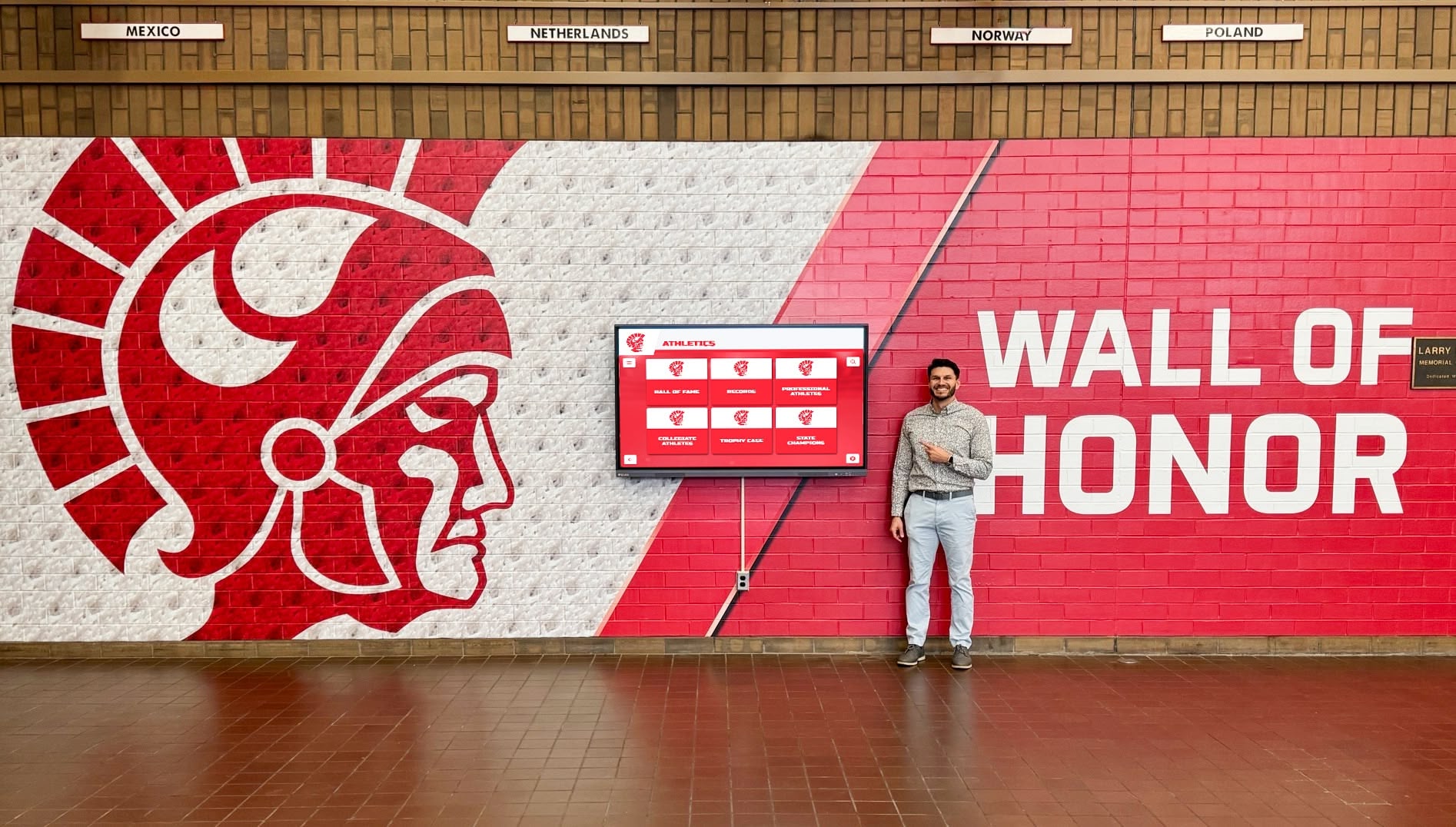
Future of Oral History in Digital Recognition
Emerging technologies continue expanding possibilities for oral history preservation and presentation:
Artificial Intelligence Applications
Automated Transcription: AI-powered speech recognition creates accurate transcripts rapidly and inexpensively, making comprehensive transcription feasible for extensive archives where manual transcription costs would prove prohibitive.
Content Indexing: Machine learning analyzes interview content automatically identifying topics, themes, and key moments, generating metadata and chapter markers that make lengthy interviews navigable without intensive manual processing.
Search Enhancement: Natural language processing enables sophisticated search capabilities—finding not just keyword matches but conceptually related content, answering questions like “Show me interviews where people discuss influential teachers.”
Translation Services: Automated translation makes oral history archives accessible to non-English speakers or provides English translations of interviews conducted in other languages, expanding both audience reach and documentary scope.
Enhanced Interactivity
Interactive Transcripts: Interfaces where clicking transcript text jumps to corresponding video moments enable seamless movement between text reading and video viewing, serving different user preferences and accessibility needs.
Topic Navigation: Visual interfaces displaying interview content as interconnected topics or themes enable intuitive browsing and discovery compared to chronological playback or text search alone.
Personalized Recommendations: Systems suggesting relevant oral histories based on user profiles, previous viewing, or stated interests create customized discovery experiences encouraging deeper archive exploration.
Augmented Reality Integration: Mobile apps could overlay oral history content when scanning physical recognition displays—pointing smartphone at plaque might trigger relevant interview clips creating seamless physical-digital experiences.
Insights from future trends in digital recognition help organizations anticipate technological evolution while maintaining focus on fundamental goals of authentic storytelling and meaningful preservation.
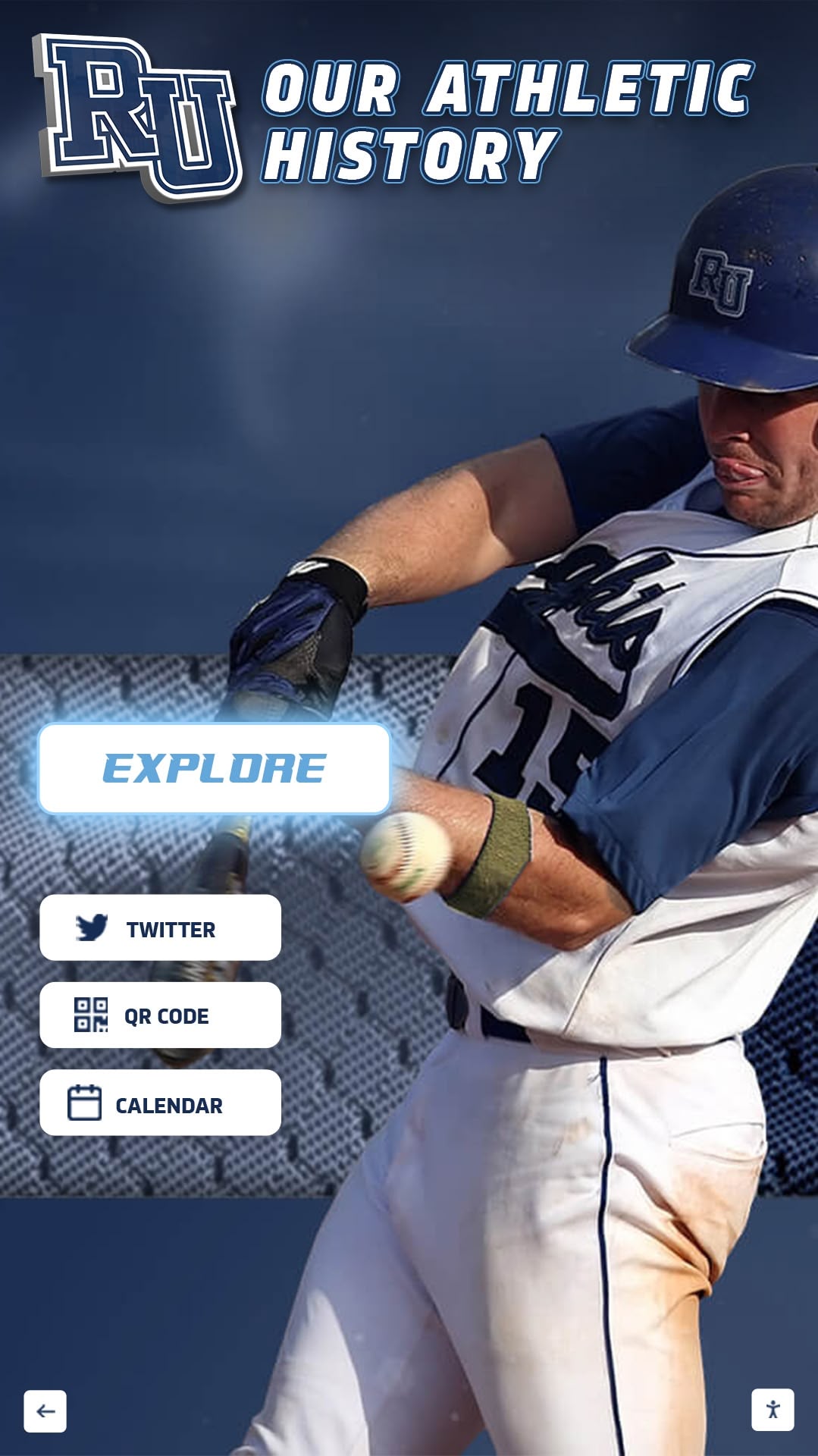
Implementation Roadmap
Organizations ready to launch oral history programs benefit from phased approaches building sustainable capabilities:
Phase 1: Foundation Building (Months 1-3)
Program Planning: Establish fundamental framework:
- Define program objectives and scope
- Identify priority subject categories
- Determine annual interview targets
- Establish budget and resource allocation
- Assemble team and assign responsibilities
Technical Preparation: Acquire equipment and develop expertise:
- Purchase or identify available recording equipment
- Learn technical operation through practice sessions
- Select interview locations and test setup
- Choose editing software and develop proficiency
- Identify platform for content hosting and distribution
Process Documentation: Create standard operating procedures:
- Develop question guides for different subject types
- Create recruitment communication templates
- Establish consent forms and permission processes
- Document technical specifications and quality standards
- Define editing guidelines and approval workflows
Phase 2: Pilot Implementation (Months 4-6)
Initial Interviews: Conduct first recordings building experience:
- Begin with 5-10 interviews testing developed processes
- Include variety of subject types (alumni, faculty, community members)
- Experiment with question techniques and interview approaches
- Document lessons learned and process improvements needed
- Gather feedback from subjects about their experience
Content Processing: Develop editing and publishing capabilities:
- Edit pilot interviews refining technical workflows
- Experiment with different version types (full, edited, highlights)
- Create transcripts and metadata learning organizational approaches
- Test distribution through available platforms
- Obtain subject approval developing smooth review processes
System Integration: Connect oral histories with recognition platforms:
- Integrate content into website or digital displays if available
- Test user experience and navigation
- Ensure cross-device functionality (desktop, mobile, touchscreen)
- Implement analytics to track engagement
- Promote pilot content gathering initial audience response
Phase 3: Full Launch and Growth (Months 7-12+)
Scaled Operations: Implement systematic ongoing program:
- Conduct interviews at planned annual pace
- Apply refined processes learned from pilot experience
- Build archive systematically covering priority subject categories
- Maintain quality while achieving efficiency through practice
- Document continuing lessons learned and process refinements
Active Promotion: Build awareness and encourage engagement:
- Announce program formally across institutional channels
- Feature new interviews regularly maintaining visibility
- Share content through email, social media, and events
- Encourage subject sharing within personal networks
- Collect and share testimonials demonstrating impact
Continuous Improvement: Monitor performance and evolve approaches:
- Review analytics identifying successful content and areas needing enhancement
- Gather ongoing feedback from subjects, viewers, and institutional partners
- Experiment with new question techniques, presentation formats, or distribution channels
- Stay current with technology evolution and emerging best practices
- Celebrate milestones recognizing program growth and impact
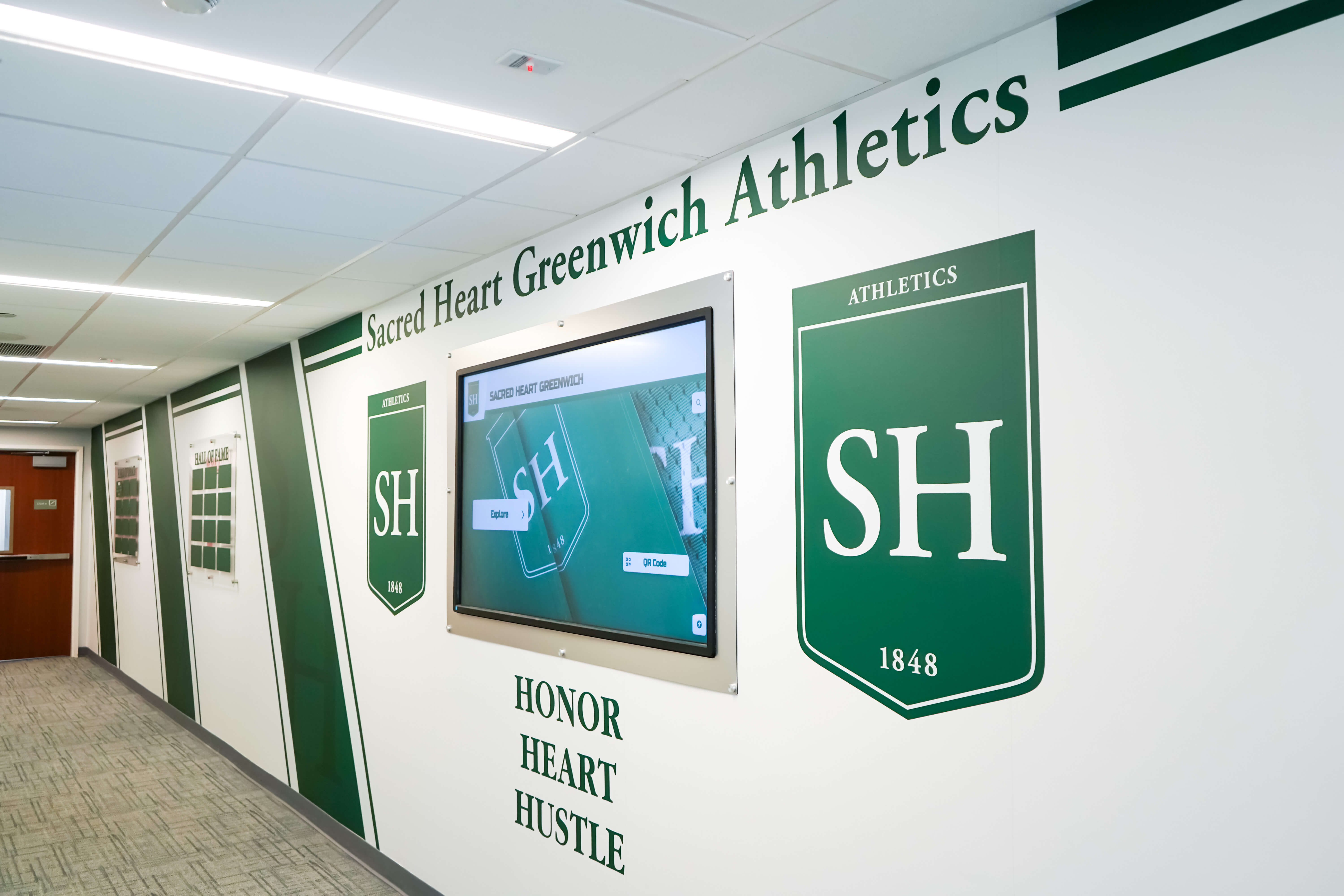
Preserving Voices, Inspiring Futures
Every achievement represents a journey—challenges overcome, mentors who influenced, moments of doubt, and gradual progression toward excellence. When organizations document only final outcomes through dates and brief summaries, they preserve facts but lose the human stories that make achievement meaningful, relatable, and inspirational. Personal narratives captured through systematic oral history interviews restore these essential elements, creating permanent records that honor contributors authentically while providing current and future community members with compelling examples of paths to success.
The most powerful recognition programs combine factual documentation with personal storytelling, enabling diverse audiences to engage with institutional heritage at different levels. Statistics and accomplishment lists establish objective achievement credentials. Personal narratives captured through oral history interviews reveal the humanity behind excellence—the teachers who saw potential, the failures that taught lessons, the values that guided choices, and the advice that only experience can provide.
Organizations implementing comprehensive oral history programs discover impact extending far beyond simple recognition. Current students discover inspiring role models and practical wisdom. Alumni feel honored through meaningful engagement with their stories. Institutions document heritage comprehensively while strengthening community connections through shared storytelling. Researchers gain valuable primary source materials. Future generations inherit rich archives revealing organizational character and evolution across decades.
Modern digital platforms like Rocket Alumni Solutions make oral history integration within comprehensive recognition systems straightforward and powerful. Interview videos displayed on interactive touchscreens, accessible through websites and mobile devices, and shared through QR codes and social media ensure that personal stories reach the widest possible audiences across geography and time. Well-implemented systems create seamless experiences where biographical achievement data naturally connects with authentic voices discussing journeys, reflections, and advice.
Whether launching new oral history initiatives, enhancing existing interview programs, or exploring how personal narratives might strengthen recognition and engagement strategies, organizations benefit from systematic approaches combining thoughtful interview methodology, professional technical production, strategic integration with digital platforms, and active promotion ensuring stories reach and inspire diverse audiences.
The voices of distinguished alumni, dedicated teachers, committed staff, and community contributors carry wisdom, inspiration, and institutional memory too valuable to lose to time. Start preserving these stories today through comprehensive oral history programs that honor the past, inspire the present, and provide permanent archives enriching your institutional community for generations to come.
Every story matters. Every voice deserves preservation. Every organization benefits from authentic storytelling that transforms abstract achievement into compelling personal narratives connecting emotionally across time and distance. Begin your oral history journey and ensure that today’s stories remain available to inspire tomorrow’s leaders, building institutional heritage one authentic voice at a time.
































